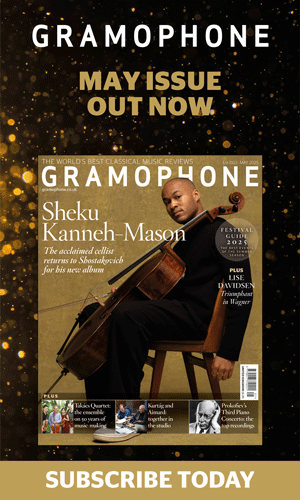Obituary: Gerald Stonehill, guardian of the Duo-Art legacy
Martin Cullingford
Friday, March 18, 2011
It was an eye-popping experience for anyone remotely interested in the piano – or more specifically the Duo-Art reproducing piano – who visited Gerald Stonehill’s house in The Boltons, South Kensington. To see the (almost) complete run of Duo-Art piano rolls, all 6000 of them, neatly stacked in their elegant cabinets, was a sight to behold. The names of the pianists and the repertoire printed on the ends of the boxes made the mouth water: Paderewski, Busoni, Bauer, Grainger, Hofmann...it was a world-class collection and sold for over £50,000 at auction in 2006.
Then there were the instruments on which they were played: a Steinway and a Weber, as well as the famous ‘Robot’ which ‘played’ them. This had been developed by Stonehill himself and Gordon Iles. Most domestic instruments which housed reproducing mechanisms, dating from the 1920s and '30s, had not been maintained and thus were completely unreliable for playing piano rolls with any degree of authenticity. Iles, an inventor who had been the chief theoretician of the Aeolian Company in England, devised in 1973 a free-standing construction which simply pushed up to the keyboard of any unconverted grand piano.
Stonehill seemed an unlikely pianophile. He had made his money (and, judging from the size and location of his house, a great deal of it) importing pig iron from Scandinavia. Using the Iles-Stonehill ‘Robot’, Nimbus launched in 1995 a series of recordings featuring the Stonehill collection. Fifty titles were announced, with the promise of hearing the great names from the first half of the 20th century, not only in newly-furbished, error-free performances and digital sound but in some substantial works that were deemed to be too long or inappropriate for shellac discs: Friedman playing Liszt’s Don Juan Fantasy, Busoni playing his transcription of Bach’s Chaconne; Hofmann playing Chopin’s ‘Funeral March’ Sonata and the Scherzos Nos 1 and 3. The major pianists of the day were attracted to the medium of the piano roll because the Duo-Art system (and a few others) was capable of playing back their performances with amazing accuracy and fidelity, given a well-regulated mechanism; furthermore, errors could be corrected, unlike the tortuous phonograph which provided no such safety net.
The Reproducing Piano market, starting in 1904, peaked in 1925 when 192,000 domestic instruments were manufactured by the Aeolian Company in the USA with total sales of $59,000,000. With the Depression, the advent of electrical recordings and the cheaper means of playing discs, the market quickly collapsed. Stonehill, through Nimbus, allowed us to hear for the first time these piano roll recordings with an unprecedented attention to accuracy, detail and musicality. The Nimbus series came to an end when the collection was sold, but the 19 CDs that were made will continue to be available.







